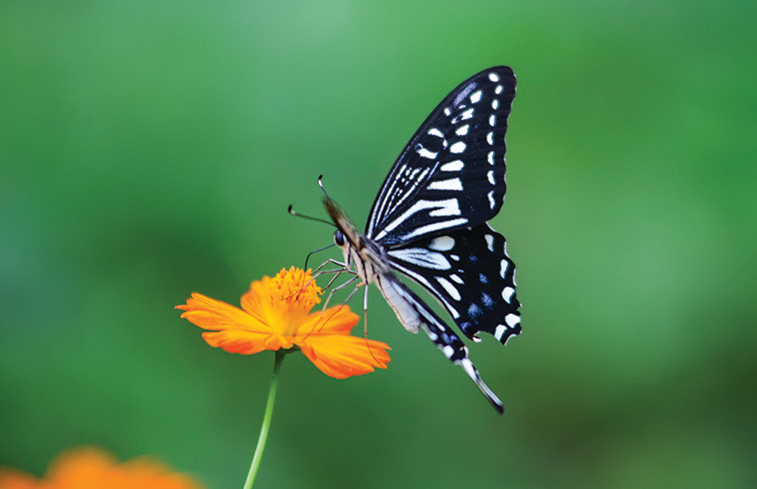Biomimicry and Four Technologies Inspired by Nature
Biomimicryis the study of imitating models, systems and elements of nature in order to solve some of the more complex human problems. Scientists have developed technologies that seek to mimic some of life's unique innovations. We will have a closer look at some here.
The Invention of Velcro: Surprisingly, Velcro is found on everything from astronaut suits to children's shoes. It is a sticky material invented by a Swiss engineer. George de Mestral was inspired by the way plant burrs stick to dog hair. In 1941, he looked at the burrs under a microscope and noticed they contained hundreds of tiny hooks that could catch on loops of hair or clothing. Then, he developed a material based on this and called it Velcro. It is derived from the French words "velours," meaning velvet, and "crochet," meaning hook.
Sleek Shark Skin: Sharks, for example, inspired the US Navy. They found out that shark’s skin has sleek scales like tiny teeth and these scales are named dentin. Dentins create small vortices in the water as they swim, which reduces drag. Shark skin also prevents barnacles and other organisms from sticking, something called bio-fouling. Biological fouling is the accumulation of microorganisms, plants, algae, or animals on wet surfaces. Researchers in Germany have developed a synthetic shark skin made of elastic silicone that reduced bio-fouling by 67 percent in tests. The U.S. Navy has funded work to develop similar critter-repellent coatings.
Strong as Spider Silk: Spider silk is famous for being one of nature's strongest materials. Silk is both stretchy and lightweight. It must be sticky in some places to catch prey, and not sticky in others so that the spider can move across it quickly. Spider webs inspired some scientists to create a medical product that copies this property. This product can be peeled off a wound without damaging the tissue underneath. This sticky material can also be used for placing tubes or sensors on the sensitive skin of new-borns and the elderly. To make the spider silk-inspired tape, researchers applied a silicon-based film to the backing material first, and used a laser to cut a grid pattern onto the silicon. The grid makes some parts of the material sticky and other parts non-sticky, just like a spider's web.
The Sheen of Butterfly Wings: Butterfly wings inspired some researchers to develop colour displays for readers. For example, Qualcomm MEMS Technologies created the first full-colour, video-friendly e-reader prototype based on the way butterfly wings gleam in bright light. They named the display Mirasol. It works by reflecting light, instead of transmitting light from behind the screen the way LCD monitors do. This great invention makes it possible to read whatever is on the screen even in bright sunlight. Moreover, it has a longer battery life.

